Time zone CET (UTC+2) | ||
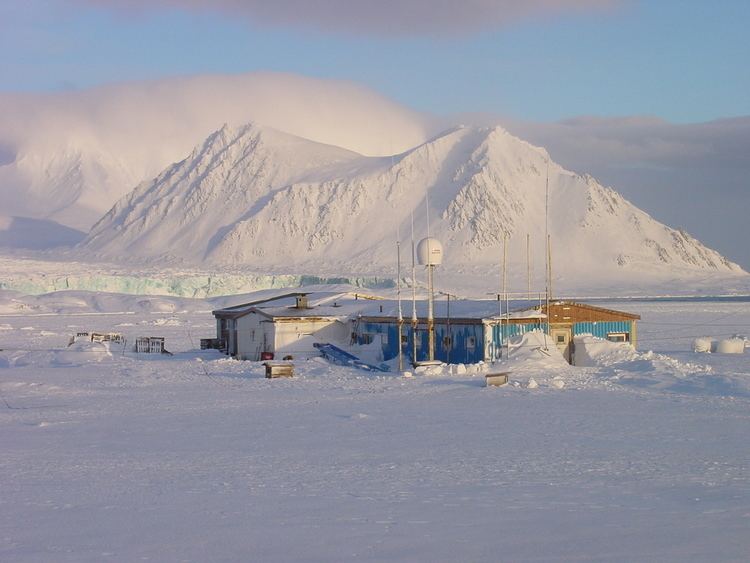 | ||
Polish Polar Station, Hornsund (Polish: Polska Stacja Polarna, Hornsund) is at Isbjørnhamna in Hornsund, on Spitsbergen in the Norwegian Svalbard archipelago, operated since 1957.
Contents
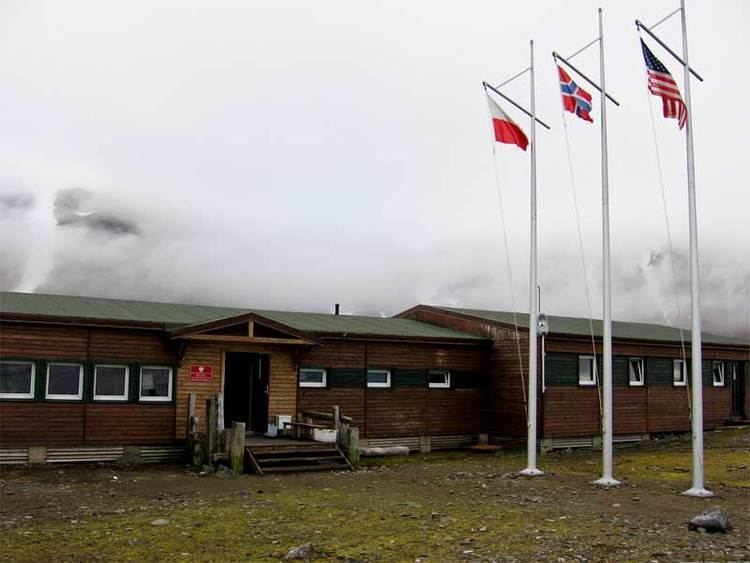
Station
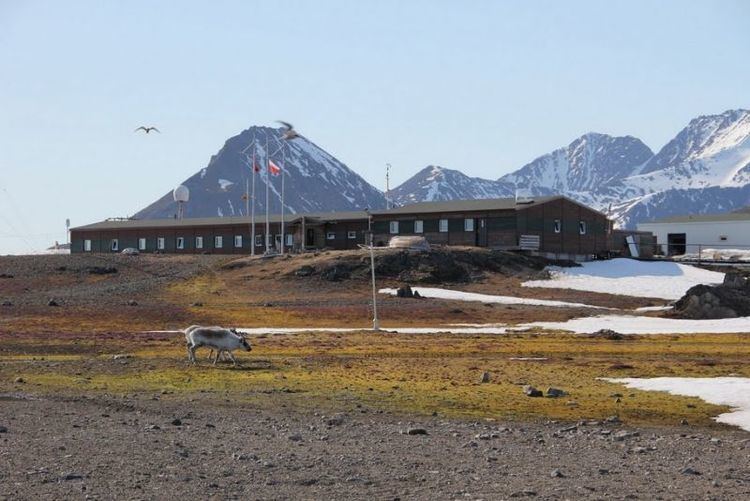
The station was erected in July 1957 by the Polish Academy of Sciences Expedition within the framework of the International Geophysical Year. The expedition was led by Stanislaw Siedlecki, geologist, explorer and climber, a veteran of Polish Arctic expeditions in the 1930s (including the first traverse of West Spitsbergen island). A reconnaissance group searching the area for the future station site had been working in Hornsund in the previous summer, and selected the flat marine terrace in Isbjørnhamna. The research station was constructed during three summer months in 1957.
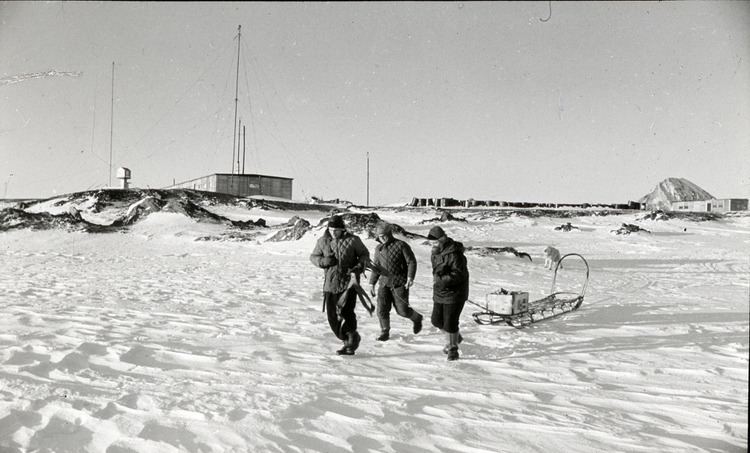
The station was modernized in 1978, in order to resume a year-round activity. Since then, the Institute of Geophysics, Polish Academy of Sciences has been responsible for organising year-round and seasonal research expeditions to the station.
Location
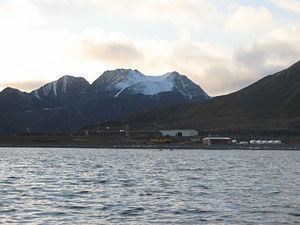
South Spitsbergen, near the entrance to Hornsund fjord, on its northern shore, at Isbjørnhamna on a flat marine terrace, 10 m above sea level.
Research
Current full-year research:
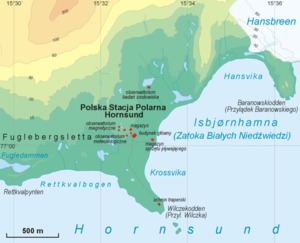

In summers and winters, the station functions as a base for research on geology, geodesics, geomorphology, glaciology, oceanology and biology.
